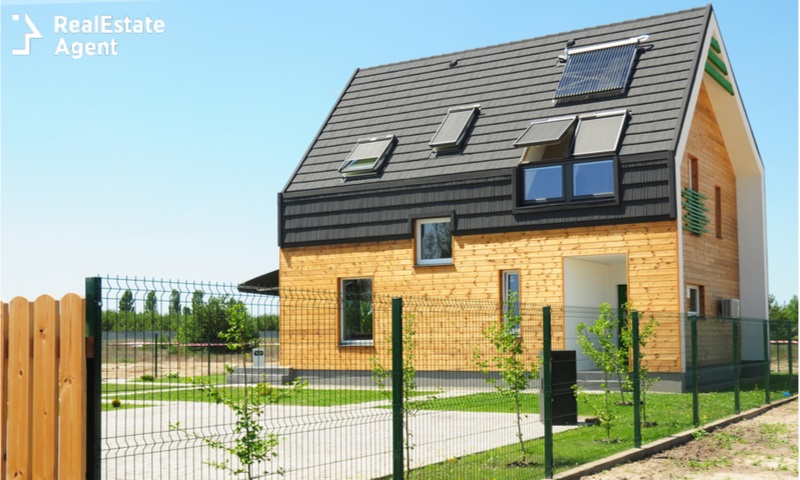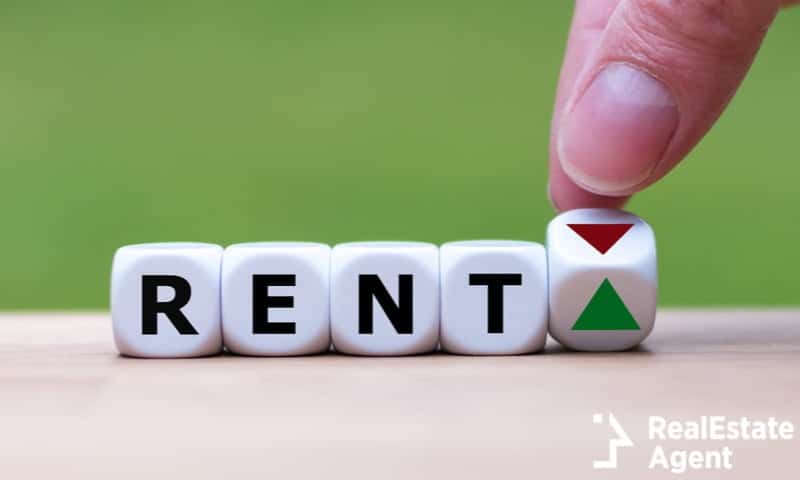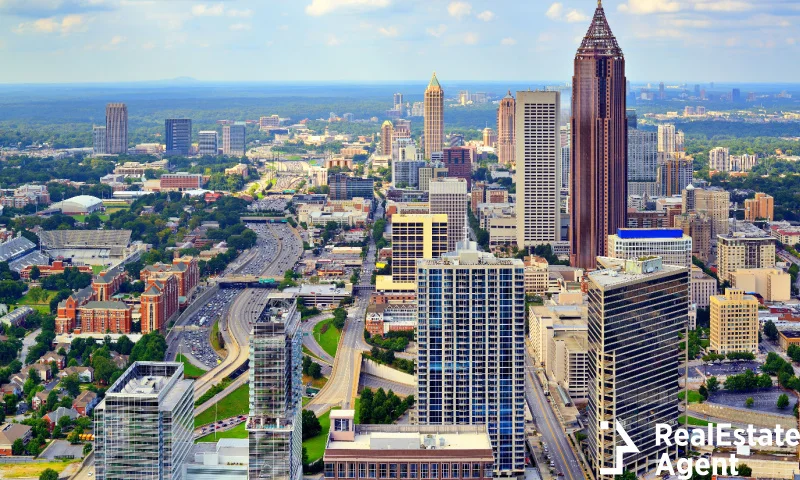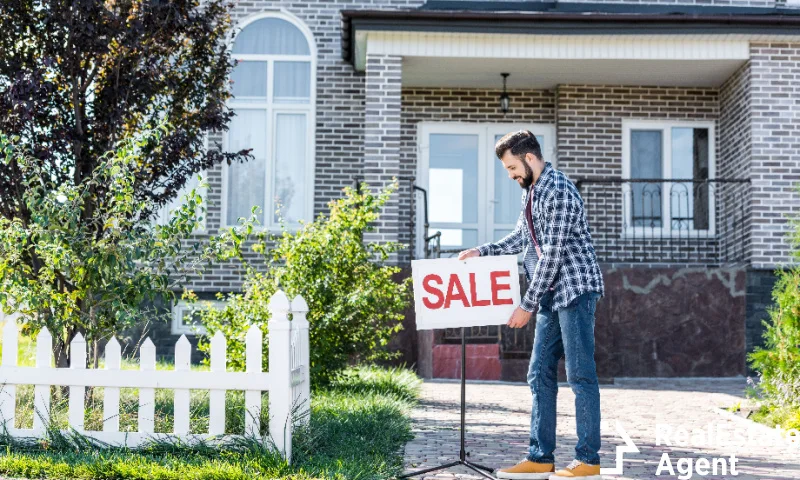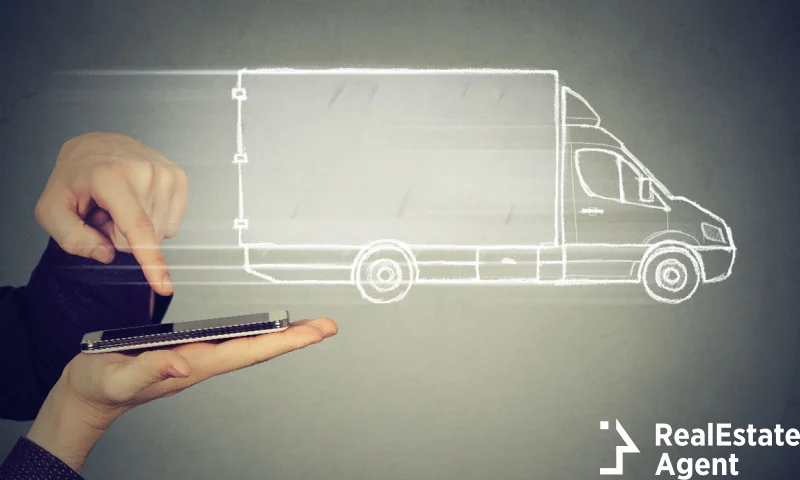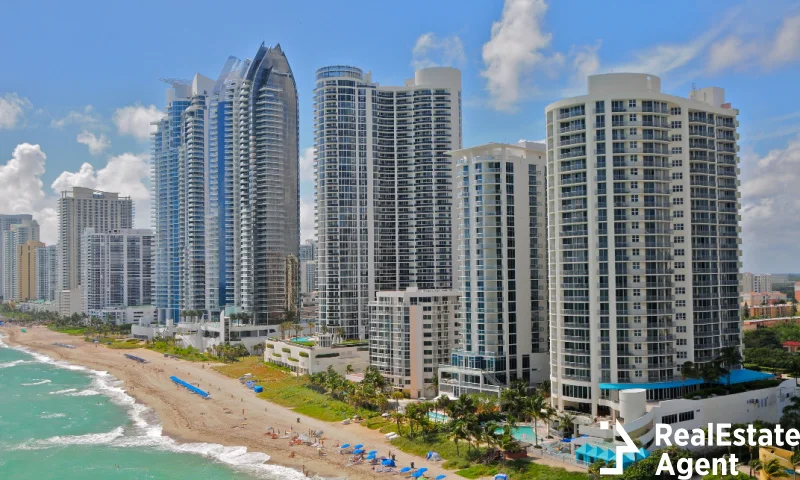Building passive houses gets easier by the year and it’s a highly promoted alternative by developers as the benefits outweigh the costs. As energy costs increase every year, passive houses in the US gain momentum. Another factor that helps their popularity is the growing awareness of our limited resources and the effects that global warming is having on our environment.
When you can invest in a structure that would improve not only your personal comfort but also decrease your carbon footprint, why wouldn’t you do it? We live in the age of the big global warming debacle and a house that uses less energy to keep warm, is cost-reducing, and better for the environment should be the answer. It should be something that each and every one of us can do.
The moral push is there, but there are many other reasons to build passive houses. But first, we have to answer the question:
What is a passive house?
This concept was developed in the 1970s, pioneered by North American building scientists and builders. It inspired the German Passive House Institute in the 1980s to develop a standard for performance that is still used in Central Europe. The standard used in North America nowadays is developed by PHIUS (Passive House Institute US).
The principles of passive buildings can be applied to both family homes and skyscrapers. Passive houses are buildings that save up to 90% cooling or heating energy, compared to the average buildings. To heat a Passive house it’s a lot easier as it uses energy sources from inside the building itself such as the heat emanated by the residents and emanated from the sun.
Passive house certification

In order for it to be granted a passive house certification, there is a thorough verification protocol performed. The leading passive building certification in North America is the PHIUS+ Certification Program and its rigorous quality assurance guarantees that the building will perform as designed.
PHIUS is the fastest-growing passive house certification program in North America, offering specialized training to verifiers in areas ranging from Nova Scotia to Louisiana, Washington State to Virginia. In Europe, the Passive house Institute in Germany provides the passive house certification.
The passive house certification is based on a number of principles that are measured by energy efficiency:
- use of insulation without any thermal bridging
- the building envelope is extremely airtight
- use of high-performance windows and doors
- use of heat recovery ventilation
- use of minimal space conditioning system
How do you get the passive house certification?
Owners or real estate developers can be led to think that getting a passive house certification would increase the passive house building cost, but so far there is nothing to prove this fact. The PHIUS website gives an estimated increase of 0-3% for a structure that inhabits multiple families, like an apartment block.
Getting the passive house certification can be difficult but getting help from a certified passive house designer or a consultant to avoid mistakes can make a project like this feasible. You should also conduct an airtightness test, or the blower door test, in order to make sure that everything is sealed shut and use the passive house planning package to make sure it conforms to the norm.
To improve the situation and make the whole concept more approachable, the passive house cost will only decrease as more projects develop. The passive house cost by average is 5-10% more than your regular home, but if the project is bigger, the cost drops even lower, to 0-3% more expensive. Also, as high-performance products are brought into the market, it will further impact the general passive house cost in the future. Right now, the passive house cost may be a bit higher than your general house, but when you take into consideration the fact that energy consumption is reduced by at least 75%, the initial drawback is insignificant.
Passive house insulation

Passive house building costs can vary and one should take into consideration the materials used and the best way to insulate your eco-friendly house. Its purpose is to provide the entire building envelope in such a way that no heat is lost during cold months and no cool air gets warmed from the summer heat. Architects and developers are aware of these elements, but some materials that are able to obtain the necessary level of insulation are EPS, Mineral Wool and Wood Fiber. The passive house heating, however, can be ensured by no thermal bridging, thus, allowing no gaps in the passive house insulation that could reduce its effectiveness. This means that the passive house insulation makes sure the walls, floors and roof are well insulated. This also helps with passive house heating.
Passive house insulation is also airtight and it needs a good ventilation system in order to provide a safe and healthy environment for its residents. Airtight passive houses are provided by a gap-free building envelope made by the insulation. A good ventilation system provides excellent air quality and in a passive house, it can only be used if it uses a highly efficient heat recovery system. Its heat recovery effectiveness must be of at least 75%, while the actual consumption of electricity from such a system should not go higher than 0.45 Wh/m3.
Why do you need the passive house insulation system?
The whole point in building a passive house insulation system is that the air quality inside your house can be ensured. Adding a high-quality ventilation system that recovers the heat from the air use before it is expelled and transfers it to the fresh air coming from outside make sure your energy loss is minimal and the air quality indoor remains excellent. Passive house heating that uses a heat recovery ventilation is also considered beneficial for using filters that remove allergens and pollution, it can also reduce smells and it prevents carbon dioxide buildup at night.
Passive house heating uses 90% less energy than other buildings as it does not use boilers or gas in order to ensure comfort. And also, the energy used for cooling a passive house is usually less than 50%, but this can be improved with proper passive house insulation.
Passive solar houses

How does the sun influence a passive house, however? And why should we consider the sun as both a source of heat and a source of cool when we build a passive solar house?
Unlike solar panels used to make electricity, passive solar houses use the sun’s heat in order to regulate the temperature inside. The design of the house plays a big role here, as when a passive solar house is built, the roof, the window, the way it faces the sun and how the sun sets on the house. Passive solar houses use technologies that take the sunlight in a way that does not involve mechanical systems and converts it into usable heat. It can be implemented for water heating, thermal heating, and ovens.
The original design for passive solar houses uses the simple idea that you can use nature’s heating system to provide warmth or cooling into your house. Passive house heating is done in such a way that it radiates heat in winter, maintains a comfortable temperature all year round and lets in plenty of light. Solar exposure is very important when considering a project that will use the sun’s heat for heating. In a common house, window placement is not highly important, only in the means of providing light, but for passive solar houses, windows should be located towards the area which gets the most sun access. In order to reduce air infiltration, one should use tightly constructed windows, double or even triple glazing is advisable.
Passive house cost

Because of the passive house insulation and ventilation system, these buildings do not need a high investment when it comes to heating or cooling systems seeing as they are already implemented in the building itself. Which means that even if the materials used in order to ensure the passive house insulation are high-quality, they are surprisingly affordable. Another plus comes from the fact that there are several countries that offer financial support, including the US, for building low energy buildings.
The fact that energy costs are rising, the cost of a passive house is more affordable now than building a conventional home, because, over the long term, the energy-saving of a passive house outweighs the upfront initial cost. In general, a passive house building cost can set you back by 10 to 15% initially, but with utility bills lower since they use up to 90% less energy, the return investment will be quick.
When building a passive house, one has to keep in mind the triple-pane windows, insulation that depends on the climate, and a heat recovery ventilation. These are some reasons for which the passive house building cost can be increased. But, with heating and cooling systems that can reduce and even eliminate some costs, this can result in decades of savings that will no longer go on energy bills or gas.
Passive house disadvantages

It is important that you know what you are doing. Building a passive house needs a lot of research and correct implementation. If you aren’t sure about the project, there are people, qualified engineers who can offer assistance. If the project is built correctly, you are sure to get only advantages from it. Done wrong, however, it can be an investment gone bad.
Nowadays, a passive house definition is still, to some builders, a science fiction term, but more and more developers implement this science into their projects. It is very important if you want to invest in a passive house, whether it’s through renovation or by building it from scratch, that you search for a certified designer or consultant that can give you the tips and tricks of making sure your project will give you what you are looking for.
The general belief is that the biggest passive house disadvantages are related to costs. The costs can grow if you are cutting corners, literally, by toying with the airtightness of the construction, or by buying cheaper materials for the insulation. Those costs, as noted above, might increase the initial upfront cost, but it will decrease the monthly utility bills. But if you only use half of the required insulation, you might end up building a regular house as insulation is key.
Passive house cost is higher if the project is smaller, but increased production volumes will offer greater affordability.
A passive house is also a futuristic house that works like machinery. Operating a house like that may require a certain level of understanding such a system and maybe your 70-year-old grandpa might not understand when the ventilation system needs boosting or when to change the filters. We are living in an age when we can 3D print a car and, yes, even a home.
We are heading into the future and the next thing to focus on would be self-cooking kitchens that wait for you to get home after work with a warm turkey in the oven and a glass of red wine already aired, just ready to be indulged in. The market is still exploring new and exciting ways in which we can reduce our carbon footprint and Tesla’s Solar Roof shingles might be the gift that we’re expecting.

